10 Lost Languages Linguists Still Study Today
The study of lost languages allows us to connect with past civilizations in ways that written history alone cannot. Linguists tirelessly work to decipher and understand languages that have long faded from everyday use. These ancient languages offer valuable insights into cultural shifts, migration, and evolution. Even though they are no longer spoken, their influence continues to shape the present.
This post may contain affiliate links, which helps keep this content free. Please read our disclosure for more info.
Sumerian
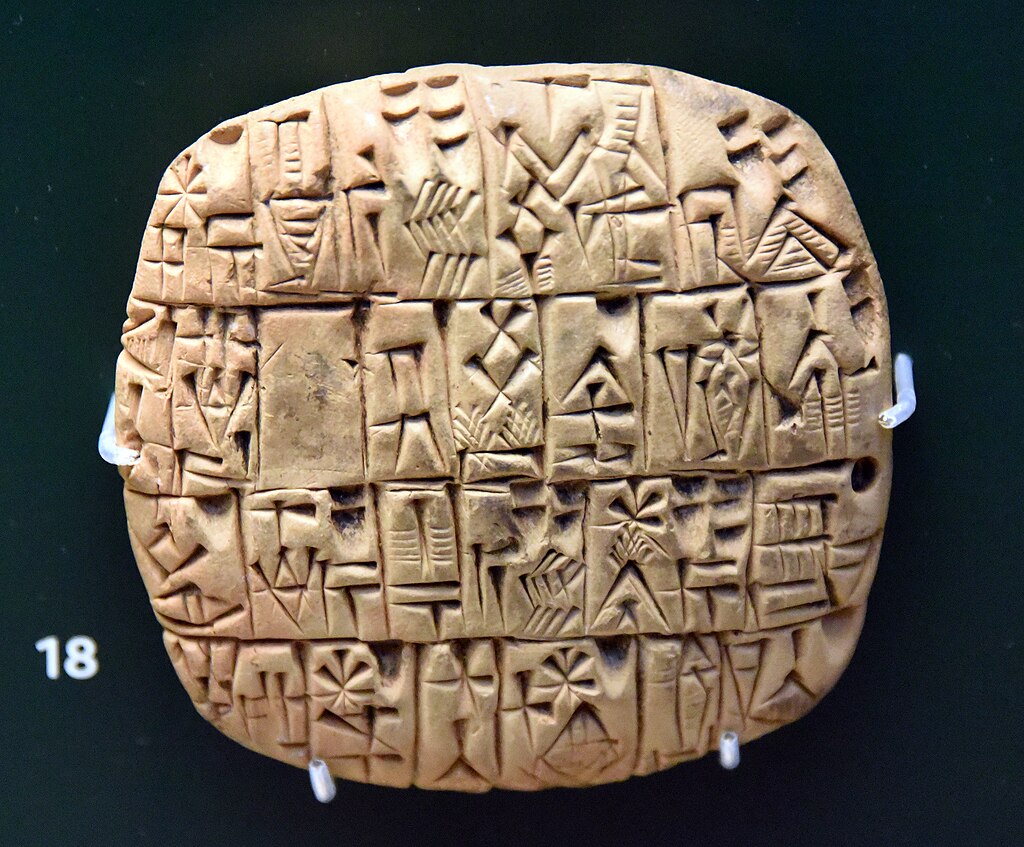
Sumerian is one of the oldest known written languages, spoken in ancient Mesopotamia around 3100 BCE. It was the language of the Sumerians, who developed one of the first known systems of writing. Though it was gradually replaced by Akkadian around 2000 BCE, Sumerian remained in use for religious and scholarly purposes for centuries. Today, linguists study it to better understand early human civilization and the development of writing systems.
The Sumerian script, known as cuneiform, is one of the oldest known forms of writing. It was used to record everything from legal documents to religious texts. Although Sumerian ceased to be a spoken language, its influence can still be seen in later languages of the region. Researchers continue to uncover new texts, offering more insights into this ancient culture.
Etruscan
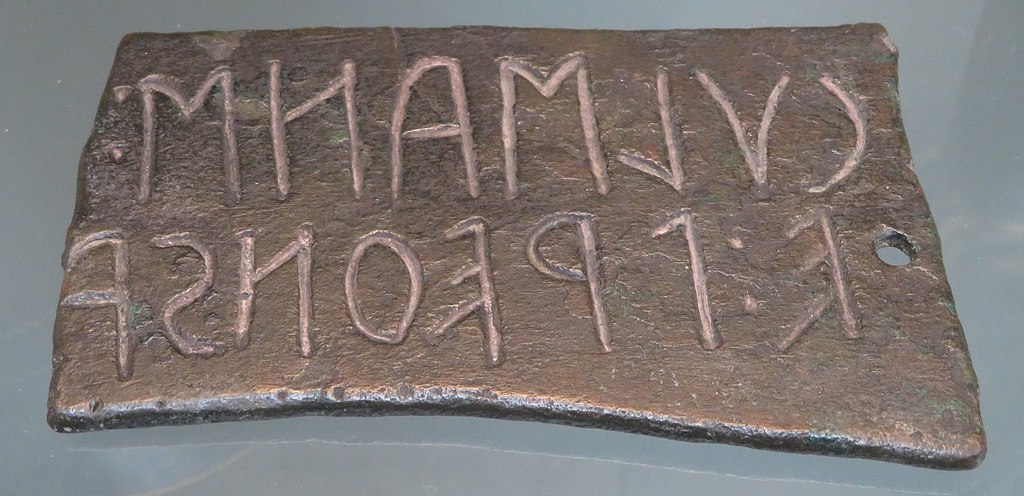
Etruscan was spoken by the Etruscan civilization in Italy, before Rome rose to power. The language was used primarily in central Italy, with inscriptions found on tombs, monuments, and pottery. Although it was gradually replaced by Latin, Etruscan influenced early Roman culture, particularly in religion and governance. Today, linguists study it by analyzing the remaining inscriptions and comparing them with other ancient languages.
The Etruscan alphabet is based on the Greek script, but its linguistic roots remain unclear. Despite much research, only a small fraction of the Etruscan language has been deciphered. The language’s connection to other ancient tongues is still a topic of debate. Ongoing studies aim to fill in the gaps and understand its full cultural significance.
Linear A
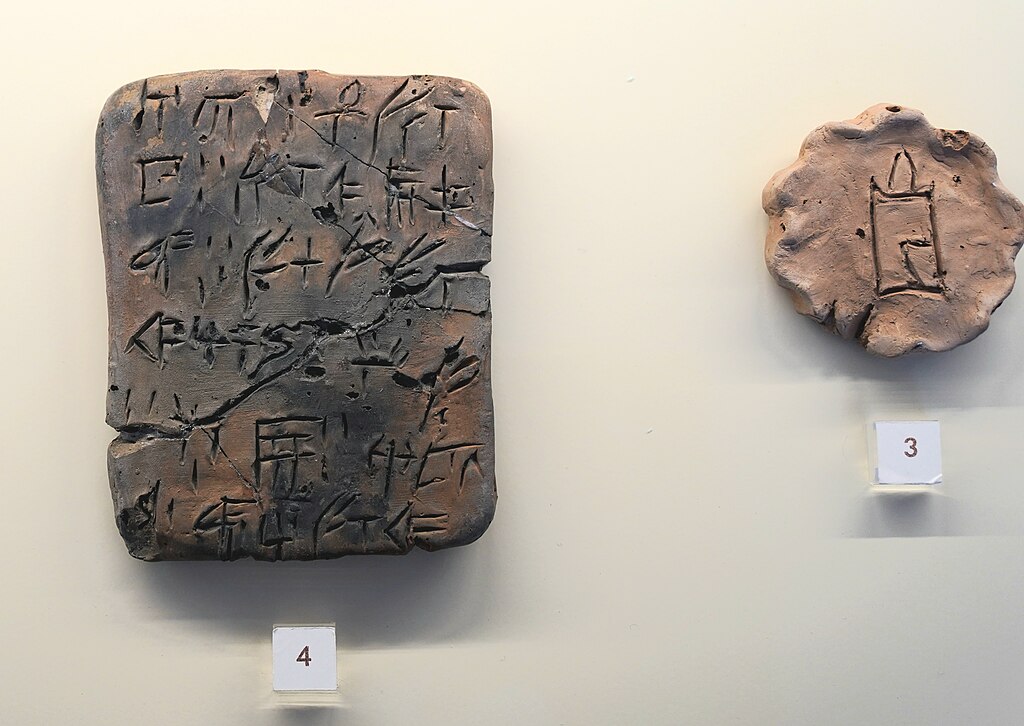
Linear A was the script used by the Minoan civilization on Crete around 1450 BCE. It predates the more famous Linear B script, which was deciphered in the 20th century and linked to ancient Greek. Unlike Linear B, however, the meaning of Linear A remains a mystery. Linguists continue to study it in the hope of unlocking more information about Minoan culture.
Linear A consists of more than 100 signs, but it is still undeciphered. Although some researchers believe it might be related to other ancient languages, no definitive connections have been found. Despite its challenging nature, the study of Linear A provides crucial insights into the history of Crete. The ongoing work could eventually reveal the secrets of this ancient civilization.
Ancient Egyptian
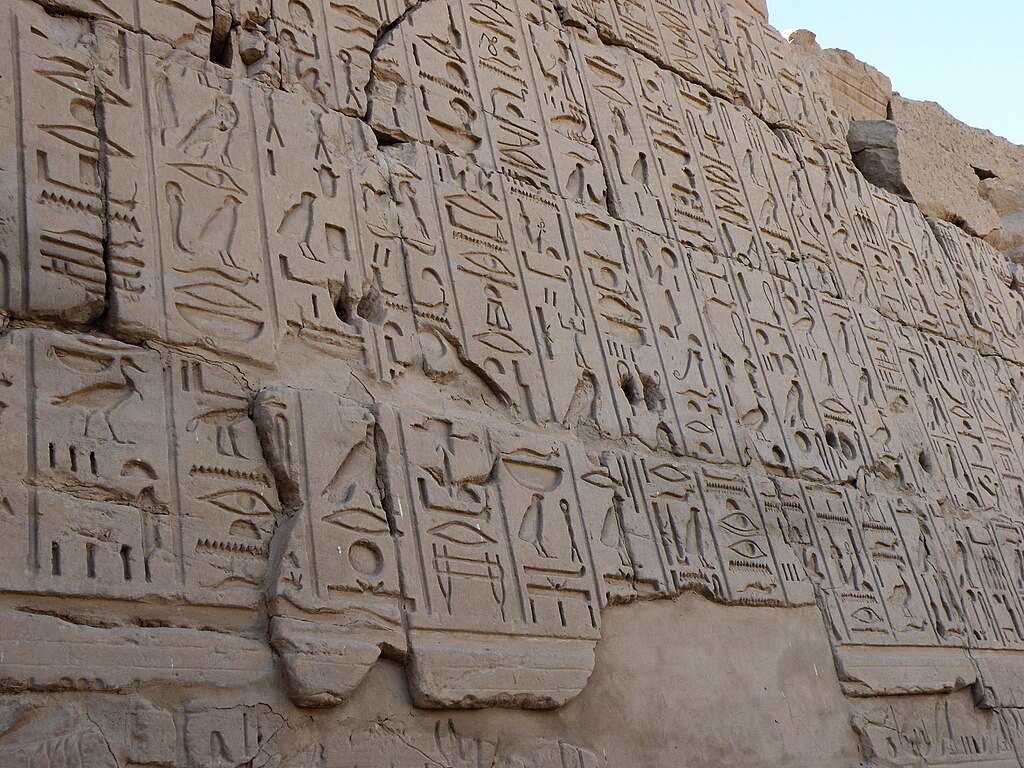
Ancient Egyptian, with its various stages like Old Egyptian, Middle Egyptian, and Late Egyptian, was spoken for thousands of years in northeastern Africa. It is perhaps most famous for the hieroglyphic script used in monumental inscriptions, religious texts, and tombs. Though the language evolved over time, its roots can still be traced in modern Egyptian Arabic. Linguists continue to decipher new texts, offering fresh insights into Egypt’s long history.
Middle Egyptian, in particular, was used for classical writings and remains the best-understood phase of the language. The decipherment of the Rosetta Stone in the 19th century opened doors to understanding this ancient tongue. Today, researchers work on translating lesser-known texts and inscriptions to shed light on everyday life in ancient Egypt. The study of Ancient Egyptian continues to play a vital role in archaeology and history.
Celtiberian
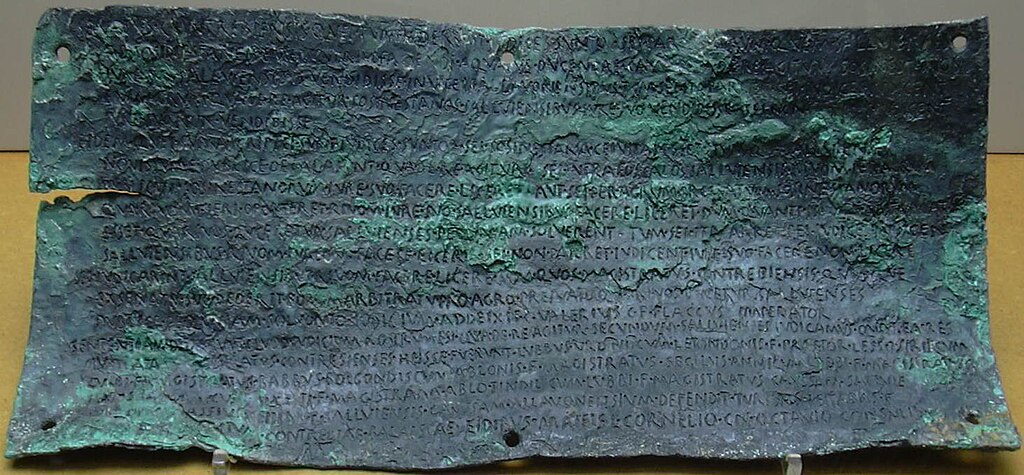
Celtiberian was spoken by the Celtic people of the Iberian Peninsula before the Roman conquest in the 2nd century BCE. It is an ancient Indo-European language, closely related to Gaulish and other Celtic languages. The language has been partially preserved through inscriptions found on stone and coins. Although much of it has been lost to time, linguists continue to study these remains to uncover more about pre-Roman Iberia.
Celtiberian texts are brief, often consisting of personal names, titles, or religious inscriptions. The language offers insight into the cultural and social practices of the Celtic tribes in Spain. It was eventually replaced by Latin as the Roman Empire expanded, but its legacy can still be seen in some modern Spanish dialects. Scholars continue to debate the relationship between Celtiberian and other Celtic languages, hoping to better understand its place in the linguistic family.
Hittite
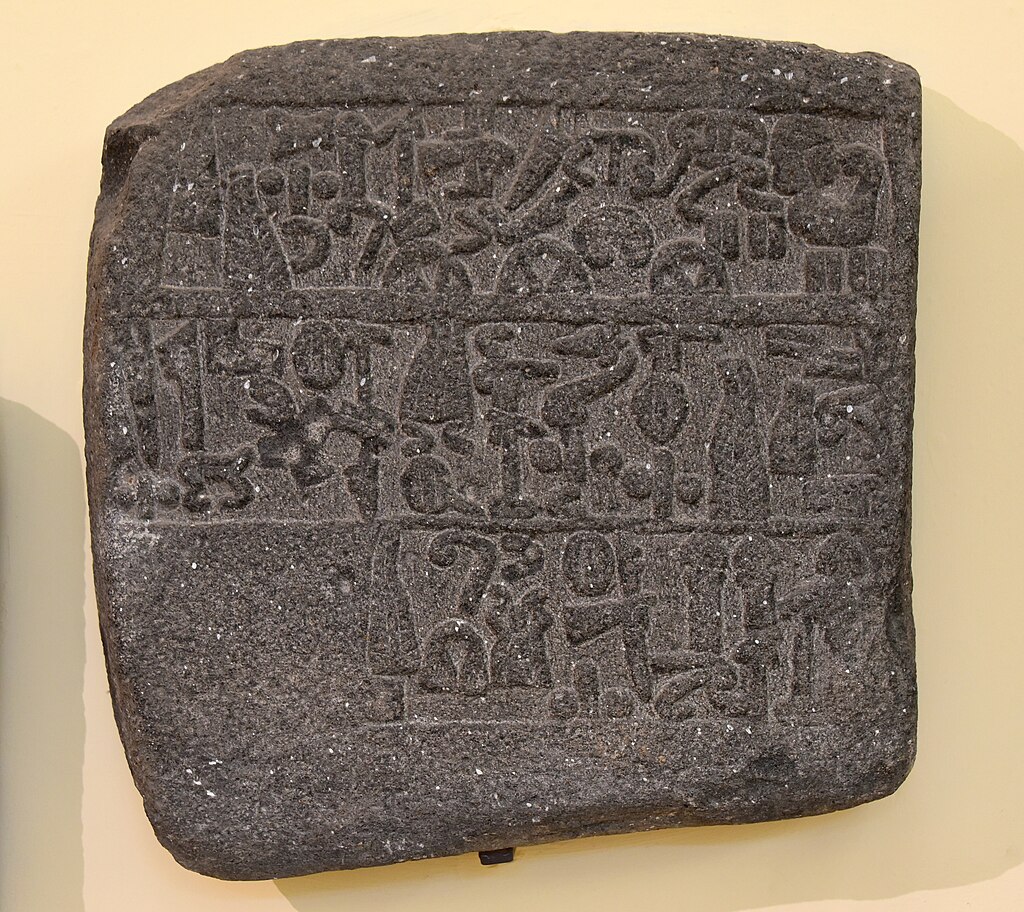
Hittite was spoken by the Hittite Empire in Anatolia (modern-day Turkey) around 1600 BCE to 1200 BCE. It is one of the oldest known Indo-European languages and is of great significance for historical and linguistic studies. Hittite texts, written in cuneiform, have been preserved on clay tablets. These texts offer valuable information about the politics, religion, and culture of the ancient Hittites.
Hittite was deciphered in the early 20th century, after the discovery of tablets in the ancient city of Hattusa. The language is important not only for its linguistic value but also for the light it sheds on the ancient Near East. Its influence is seen in the development of other Indo-European languages. Modern studies of Hittite continue to provide insights into the ancient world, especially in the areas of law and diplomacy.
Phoenician
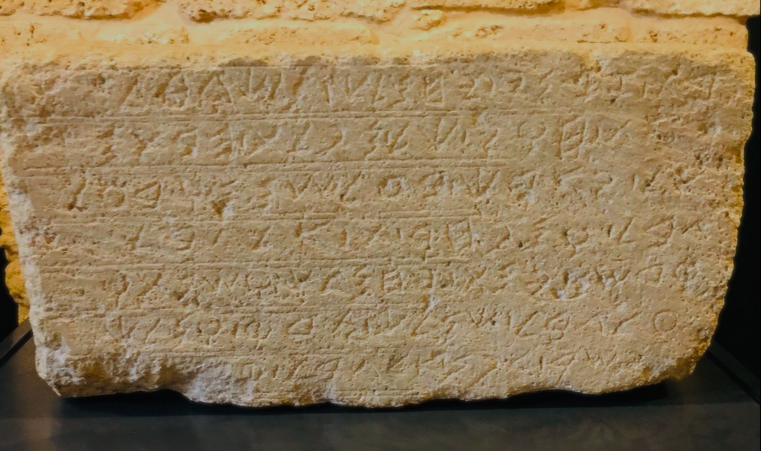
Phoenician was the language spoken by the Phoenician civilization, one of the ancient Mediterranean cultures known for their trade and exploration. The language is part of the Semitic family and was spoken in the region around modern-day Lebanon, Syria, and Israel. Although the Phoenician script was used extensively, the spoken language has been lost to history. Linguists study surviving inscriptions and texts to understand this important language.
Phoenician was a precursor to many alphabetic writing systems, influencing Greek and later Latin scripts. The language was used for trade, religious purposes, and royal decrees. Few complete texts remain, but the available inscriptions help linguists piece together the language’s structure. The ongoing study of Phoenician provides insight into the linguistic history of the Mediterranean world.
Akkadian
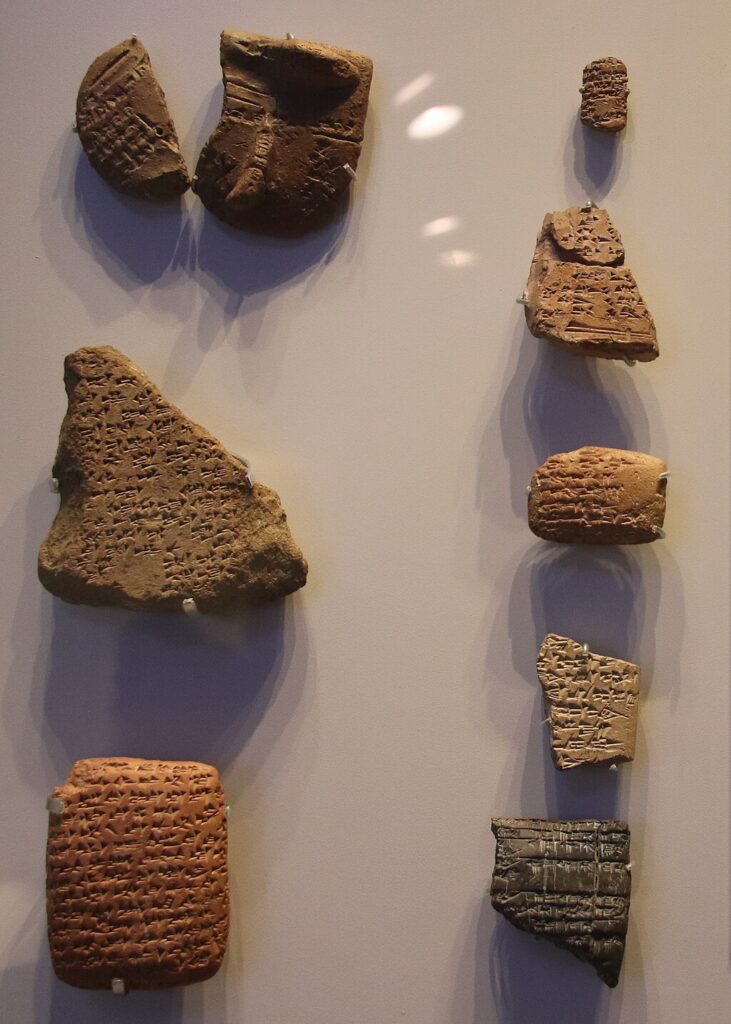
Akkadian was spoken in ancient Mesopotamia and is considered one of the earliest Semitic languages. It was used in both the Babylonian and Assyrian empires, with a rich collection of texts in cuneiform script. Akkadian is crucial for understanding the history, religion, and culture of the ancient Near East. Linguists continue to study Akkadian texts to unlock more about the civilizations that once thrived in this region.
The language was used for administrative, legal, and literary purposes, with many works still preserved today. Akkadian texts, such as the famous Epic of Gilgamesh, offer insight into early human storytelling and mythology. Although the language eventually gave way to Aramaic, Akkadian remains a key language in the study of ancient Mesopotamian history. Ongoing research into Akkadian continues to expand our understanding of early civilization.
Luwian
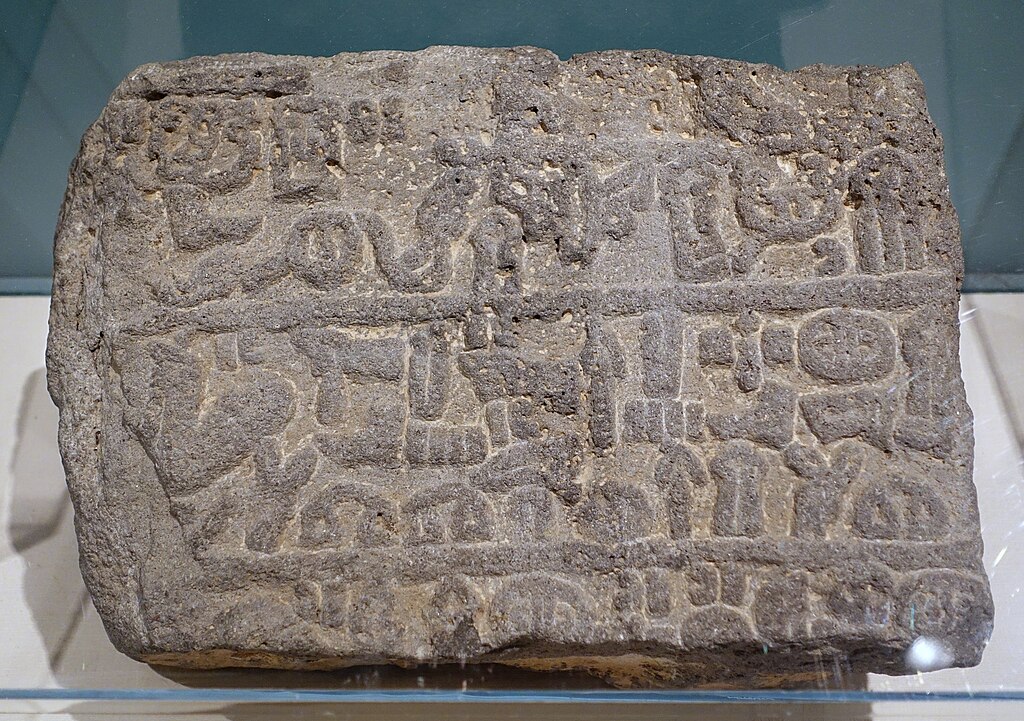
Luwian was spoken by the people of ancient Anatolia, particularly during the time of the Hittite Empire. It is closely related to Hittite but represents a distinct language within the Anatolian branch of Indo-European languages. Luwian is mainly known from inscriptions found in the ancient cities of Anatolia, written in both hieroglyphic and cuneiform scripts. Linguists continue to decipher these texts to better understand the Luwian-speaking peoples.
Luwian has influenced the development of other languages in the region, including Hittite and Greek. Its inscriptions provide insights into the religious practices, royal decrees, and daily life of ancient Anatolians. Despite its relatively small corpus of texts, Luwian is an important part of the linguistic puzzle of the ancient Near East. The ongoing study of Luwian helps fill gaps in our understanding of this culturally rich and diverse region.
Aramaic
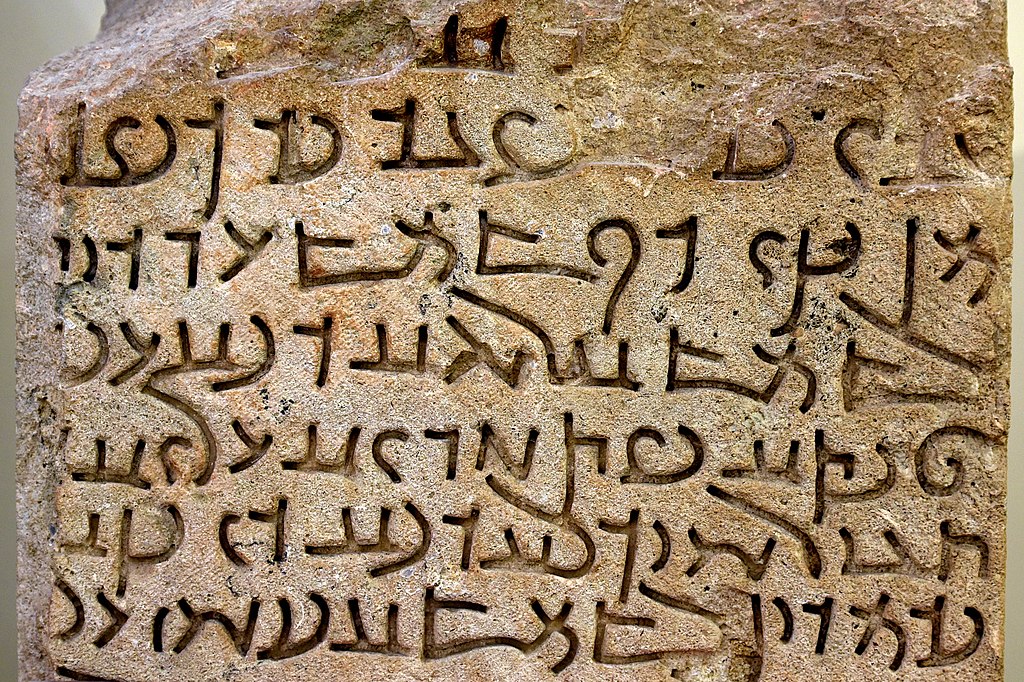
Aramaic was the language spoken by ancient civilizations in the Near East, including the Neo-Assyrian and Neo-Babylonian empires. It became widely used across the region and later served as the lingua franca of the Achaemenid Empire. Despite its gradual decline in use, Aramaic is still spoken today by some small communities, particularly in the Middle East. Linguists study Aramaic texts to understand its historical significance and evolution.
The language is best known as the language of Jesus Christ and the Old Testament’s later books. It was written in a script derived from the Phoenician alphabet. Aramaic’s influence on Hebrew and other Semitic languages remains significant. Modern studies focus on ancient manuscripts and religious texts, shedding light on the culture and history of this ancient language.
This article originally appeared on Avocadu.
